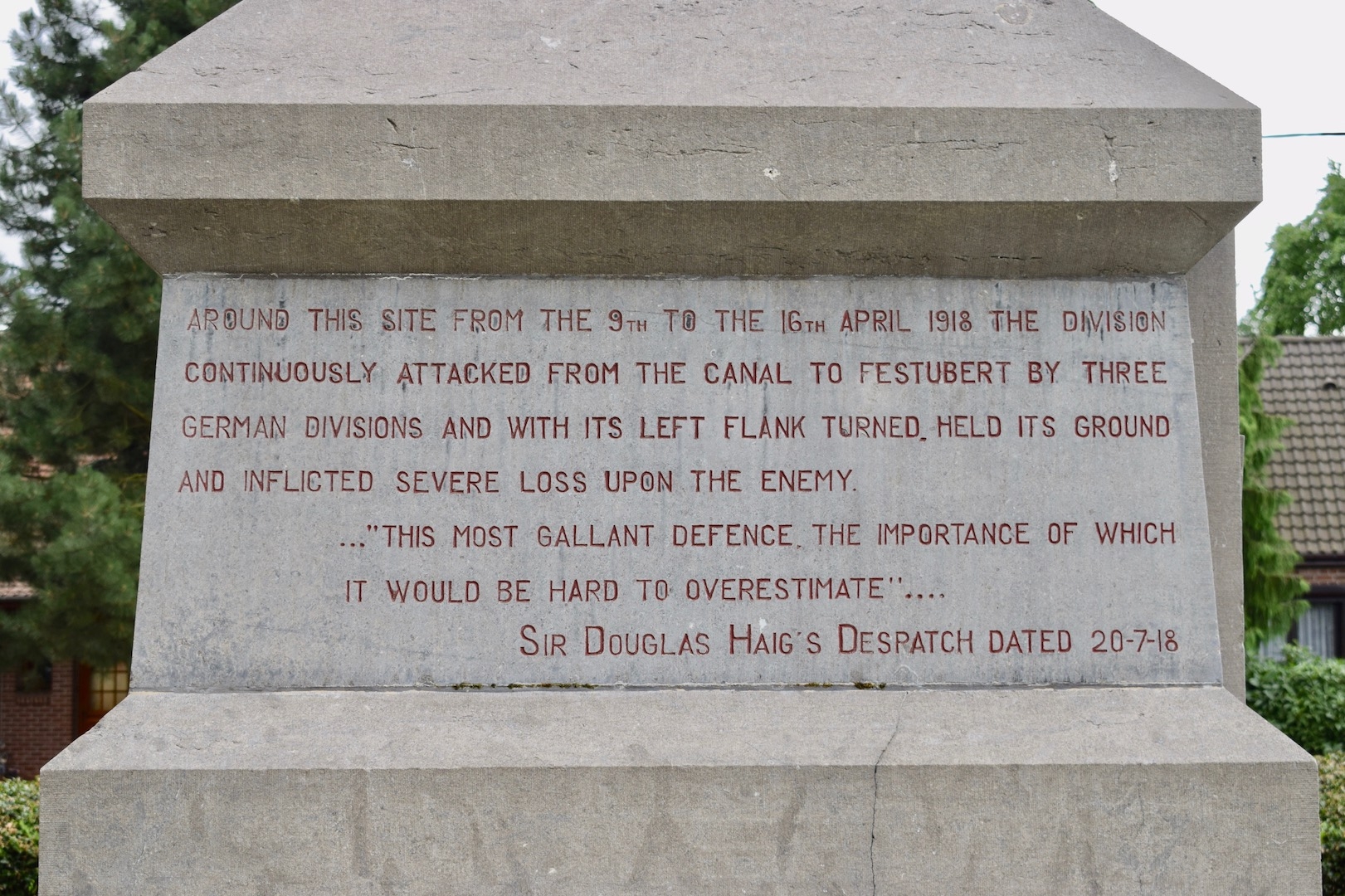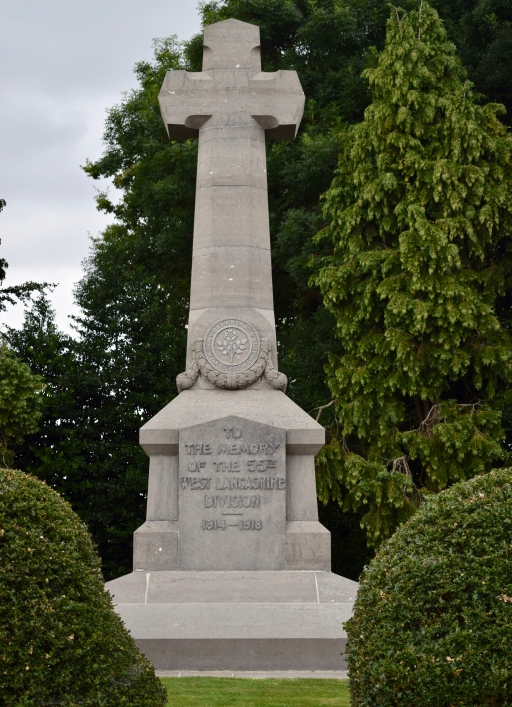Major Paul Knight describes how British troops of the 55th (West Lancashire) Division held the line against a German push towards the Channel ports 100 years ago.
In the early hours of 9 April 1918, the Germans launched the second of their Spring offensives, Operation Georgette. Like Operation Michael three weeks earlier, the Germans used infiltration tactics in the early morning mist to surround, isolate and destroy British strongpoint. Also, as in Michael, the Germans made significant initial gains. Unlike with the earlier attack, in Georgette one division in particular stood firm with disastrous consequences for the German plans: despite being attacked by three German divisions and with the division on their left (2nd Portuguese) being completely overwhelmed, 55th (West Lancashire) Division held their ground.
The Affair at Épehy
The story starts the previous November, during the Battle of Cambrai. 55th Division were holding front line trenches and were not involved in the battle. Then the Germans counter attacked on 30 November 1917 and broke through the division on their left. The Affair at Épehy nearly broke 55th Division – the Germans captured the town of Villers Guislain and the whole of 1/5th Batallion, South Lancashire Regiment was lost to a man.
However, the situation was eventually stabilised. Sir Hugh Jeudwine, General Officer Commanding 55th Division, set about learning the lessons from Épehy and implementing them so that they would not be caught out again.
Givenchy
The village of Givenchy had been the scene of heavy fighting and mining in 1914 and 1915, but had become a quiet sector throughout 1916 and 1917 as the focus of the fighting moved to the Somme and then Ypres.
Over the winter of 1917/18, the sector was held by 42nd (East Lancashire) Division but they were relieved by fellow Lancashire Territorials of the 55th Division on 15th February 1918. 42nd Division went into reserve, but not for long. They were deployed against Operation Michael and would suffer 3,000 casualties.

Field Marshal Sir Douglas Haig’s praise for the defence of Givenchy – inscribed on the 55th Division’s memorial at Givenchy (Photo: Paul Knight)
Operation Georgette
At 4.10 am, 9 April 1918, the German bombardment started and three hours later their infantry attacked. On the right of the 55th Division was the La Bassée Canal and on the left was 2nd Portuguese Division. When the German infantry attacked through the morning mist, the Portuguese were overwhelmed and 55th Division was then attacked from the left.
The Germans had several objectives, including:
The Bruay-Béthune coalfield a few miles behind Givenchy. This was the last major French coalfield not in German possession. Britain was already supplying coal to France for industry and transport.
Hazebrouck, a major railway junction which, if captured by the Germans would worsen the already congested French railway system.
Threat
Critically, from Béthune to Calais was only 50 miles and to Boulogne 55 miles. During Michael, the Germans had advanced 40 miles. If Georgette was as successful, the Germans could have threatened the Channel Ports, cutting off the BEF from their supply routes and home.
General Jeudwine deployed his 166th Brigade, the divisional reserve, to the left to block the German attacks from the old Portuguese sector. His only reserves now were from the divisional troops.
The artillery lost a quarter of its guns. The Germans got so close that the gunners had to defend themselves with rifles. A battalion headquarters was bombed, resulting in the death of a signaller. Royal Engineers prepared bridges for demolition to slow the German advance, and then entered the trenches with their rifles.
But as the morning fog began to lift the Germans lost a critical advantage and now found themselves caught in the crossfire from the strongpoints. The work of 42nd Division was paying off. 641 Germans were captured, including two battalion commanders and a band, complete with its instruments.
Throughout the afternoon, reinforcements started to arrive and by the evening, General Jeudwine could report that the situation had stabilised. The Division was holding 10,000 yards of front line. 164th Brigade was holding the whole of its original line, 165th Brigade was holding its second line and extended its flank by 1800 yards, and 166th Brigade had plugged the massive hole from the Portuguese sector.
General Jeudwine had learnt the lessons from Épehy, correctly implemented them and lead the division through a crucial First World War battle.
The Reverend J.O. Coop, author of the Division’s history, wrote:
“And it was afterwards publically stated by an Officer of the German General Staff that the stand made by the Division on April 9th and the days which followed marked the final ruination of the supreme German effort of 1918.”
Two days later, Field Marshal Haig issued his famous ‘backs to the wall’ order. The 55th Division had already done that.
Major Paul Knight PhD VR is author of ‘The British Army in Mesopotamia 1914-1918’ and ‘Liverpool Territorials in the Great War’. He’s a member of the expert panel advising Away from the Western Front, a UK-based charity highlighting the First World War campaigns in the Middle East, the Balkans and Africa.
Also by Paul Knight in Centenary News:
Lancastrians re-formed as the British Army’s 55th Division on the Western Front.
The fall of Jerusalem to British-led forces, December 1917.
Battle of Beersheba opens Allied way to Palestine.
Baghdad falls to British/Indian forces.
General Sir Frederick Maude – the unknown victor in the Middle East.
Kut-al-Amara, how & why the siege began.
© Major Paul Knight & Centenary News
